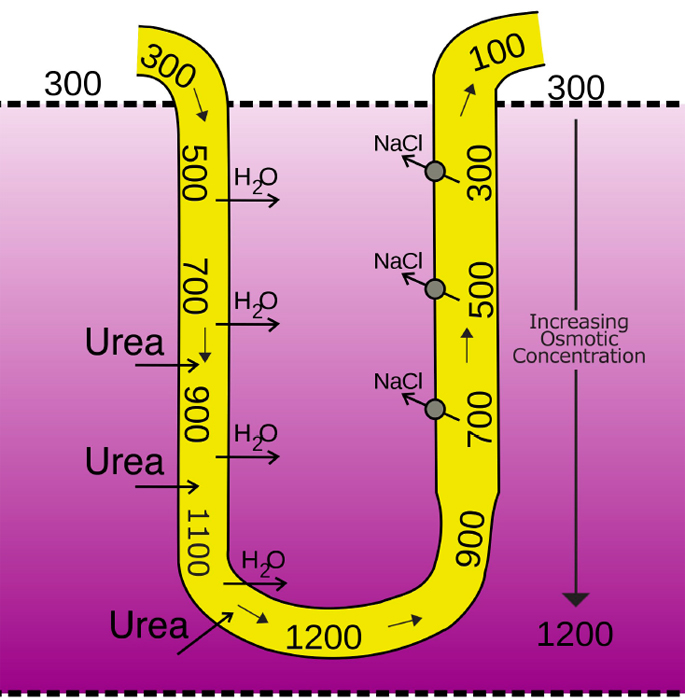
Lasix and related “loop diuretics,” are the most powerful and effective diuretics (water pills) available, and can be lifesaving drugs in the treatment of heart failure. There is a direct connection between heart function and fluids in the body. When the heart fails, it cannot adequately pump blood throughout the body. Two critical organs affected by this paucity of blood flow are the kidneys and the lungs.
Among the kidneys’ main functions are filtering the blood of waste materials and maintaining its volume and contents. When the heart begins to fail, less blood is filtered, and the output of urine decreases. Fluid builds up in the body, causing swelling (edema) in the lower limbs and abdomen, and fluid collects in the lungs. Fluid in the lungs interferes with the oxygen supply to the tissues, leading to shortness of breath—first during periods of exercise and later at rest. This life-threatening emergency is called pulmonary edema.
Lasix (furosemide or frusemide) can produce rapid and massive fluid and salt loss from the body in the form of urine, thereby greatly decreasing the load imposed on the heart by reducing the amount of fluid it must pump. Lasix is also used in other conditions involving edema, including disorders of the liver and kidneys and in the treatment of high blood pressure (hypertension) that does not benefit from milder diuretics, such as Diuril and other thiazides.
Lasix is referred to as a loop diuretic because it acts at a segment of the kidney called the loop of Henle. Here, a substantial amount of salt is normally returned to the blood. By blocking this reabsorption, Lasix allows salt and water to remain in the kidney tubules and be excreted as urine. However, if too much salt is lost from the body, dehydration and serious electrolyte imbalances can result.
SEE ALSO Merbaphen (1920), Diuril (1958).

Urine formation and the conservation of water and salt are two of the most important kidney functions. As urine flows through the loop of Henle (depicted here), water, sodium, and chloride ions are reabsorbed into the blood and retained in the body. The remaining urine becomes increasingly concentrated (hypertonic) with waste materials, such as urea, which are eliminated from the body.